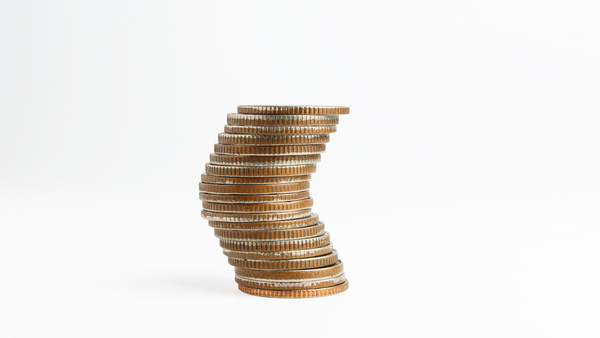
While CUNA officials started the year predicting a 2.5% economic growth rate, they’re now hoping they were too optimistic.
Bill Hampel, CUNA’s chief policy officer, said an economy that is too hot might cause the Fed to raise rates more aggressively, chilling the economy into a recession.
And, to that end, the economy has a friend in Congress.
President Trump campaigned promising 4% economic growth and built a budget assuming 3% growth. Stock and bond markets swooned with expectations of major stimulus projects and tax cuts.
Bill Hampel, CUNA’s chief policy officer said the markets are showing a cooling of affections as it dawns on investors that they might not get the stimulus they wanted because even with contol of the White House, the House and the Senate, Republicans can’t agree among themselves.
“Washington did not suddenly become more functional after President Trump was elected,” Hampel said. “It’s still a largely dysfunctional town in terms of getting things done.”
“And with the president running into some legal issues, that’s draining some of the oxygen out of him achieving his policy goals here in Washington.”
CUNA set its economic forecast for 2016 in January at 2.5%, but cut it back to 2.3% in April after Trump statements created war jitters.
U.S. real gross domestic product rose 1.6% last year. The U.S. Bureau of Economic Analysis estimated May 26 that it increased 1.2% in the first quarter (after revising its initial estimate of 0.7%). The Conference Board, an international business and research group, predicted June 14 that GDP will rise at a 3% rate in the second quarter and 2.1% in the last half of the year for average annual rate of 2.2%. Some economists have said it will be difficult to reach 2%.
But that might be just as well. With unemployment at 4.3%, the U.S. economy is fast approaching full employment. Higher growth is likely to lead the Fed to put the brakes on the economy, Hampel said.
“We now begin to see the possibility of the causes of the next recession,” he said. “It’s not going to be because of any economic crash or bubble bursting. If we do get rising inflation this year and next year because of a real tight labor market, that’s going to induce the Fed to start raising interest rates faster, which could cause the next recession.”
Better, he said, would be for the U.S. to maintain a growth rate of 1.5% to 2% to stay at full employment and avoid running up inflation, and triggering interest rate hikes likely to occur with 2.5% to 3% growth.
“That’s typically the Goldilocks Solution. We typically don’t last there very long.”


